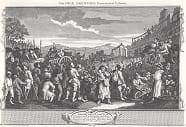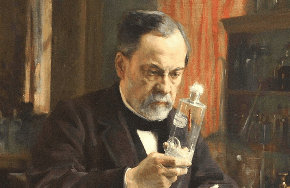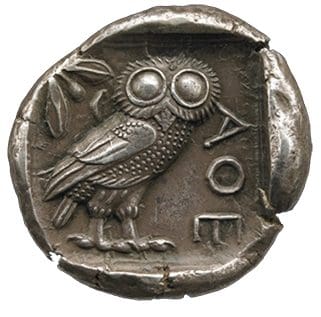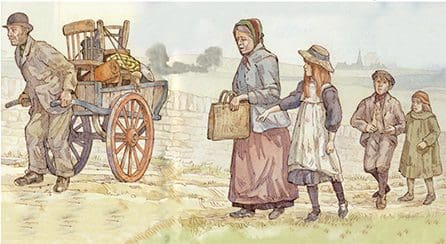
Pupils label their own copy of a motivating Hogarth print showing popular attitudes to public executions before explaining the puzzling conundrum: when the number of death penalties was increased why did the number of executions actually go down? Really good thinking skills stuff.
Learning Objectives
- Pupils understand that this was an era of the Bloody Code when there was a massive increase in the number of capital offences.
- They grasp that these were often for quite trivial offences, usually involving property.
- Pupils understand what is meant by the term Bloody Code and that punishments were as harsh as possible and as public as possible to deter people from committing crime.
- Pupils can explain the paradox that the number of crimes went up but the number of executions went down.
Smart task 1
Start with a motivating image, Hogarth’s depiction of the execution of Tom Idle, on slide 2 of








